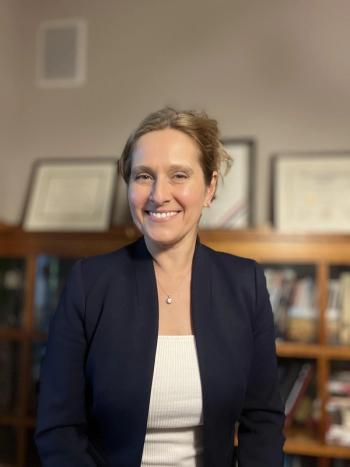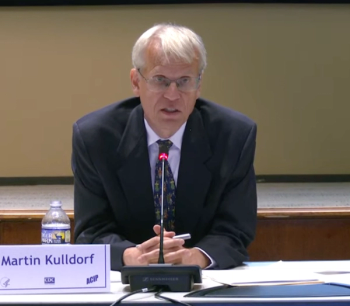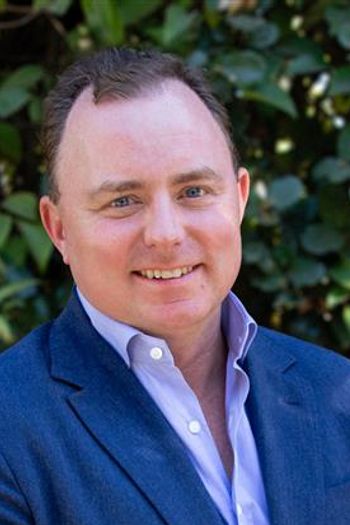
Private practice is dying. Here's how to save it.
Key Takeaways
- The decline of private practices is due to regulatory challenges, reduced reimbursements, and increased operational costs, pushing physicians towards hospital employment.
- Rural areas face significant challenges as physician consolidation limits access to care, increasing travel distances for patients.
The administrative burdens of running a practice, from HR to billing to compliance, aren't part of delivering care.
Private physician practices are disappearing. In their place,
This shift isn't happening by accident. Running a private practice today means navigating a maze of regulatory requirements, battling shrinking reimbursement and rising operational costs, and absorbing administrative burdens that few physicians can manage on their own. Medicare physician pay has declined
Given those headwinds, it's no wonder physicians are
Hospitals acquired
The effects of this consolidation are especially acute in rural America, where
Large health systems are important parts of our health care system. But when they become the only place where patients can seek care, costs go up.
Some practices have been able to retain their independence by partnering with management services organizations, or MSOs. These entities provide administrative and operational support so that physicians can focus on practicing medicine.
That support is essential. Physicians don't go to medical school to practice human resources or corporate finance. Yet today, running an independent practice often means juggling payroll, employee recruiting and retention, regulatory compliance, and technology infrastructure.
Teaming up with an MSO can allow physicians to offload the non-clinical chores of health care while maintaining control over their core role — delivering outstanding care to patients.
We have both seen firsthand how this model can free physicians to provide better care. For example, Platinum Dermatology Partners turned to IKS Health for help streamlining front- and back-office processes and optimizing revenue-cycle management procedures in order to stay financially sound. That partnership also enabled the practice to launch a Virtual Care Assistant that handles prescription renewals and triages messages from patients.
As a result, the practice has been able to grow — and provide top-flight dermatologic care to many more people.
Research shows that this kind of division of labor can yield better-quality care at lower cost to the healthcare system.
By contrast, Medicare expenditures for beneficiaries whose physicians affiliated with hospitals jumped
Medicare beneficiaries whose physicians partnered with MSOs also spent
That's the MSO model in action: doctors lead, operations run better, and patients receive cost-effective, quality care.
Clinical authority must always remain with physicians. But the administrative burdens of running a practice, from HR to billing to compliance, aren't part of delivering care. Like any business, physician practices should have the flexibility to bring on experts to manage them.
MSOs are among the most effective ways to keep community-based physician practices independent. They are the prescription for preserving private practice as an option for patients.
Newsletter
Stay informed and empowered with Medical Economics enewsletter, delivering expert insights, financial strategies, practice management tips and technology trends — tailored for today’s physicians.















